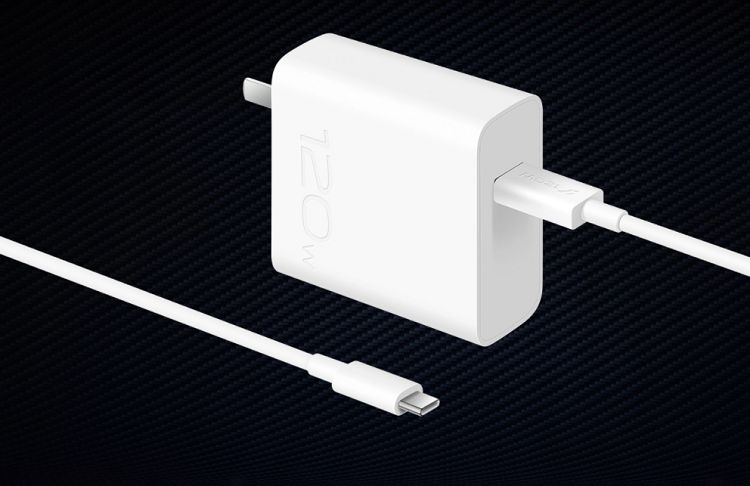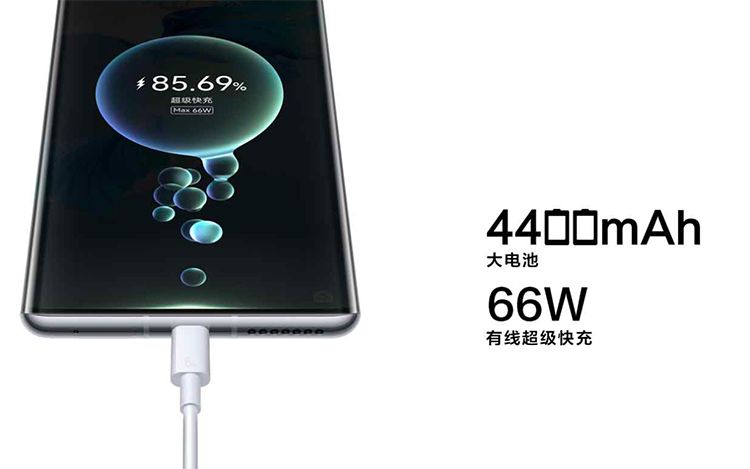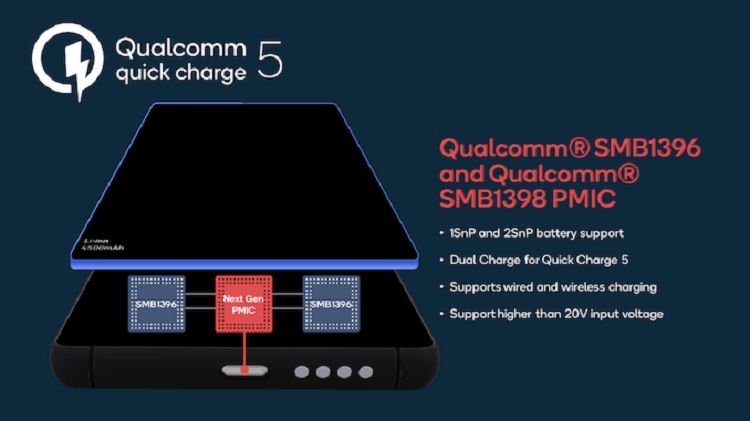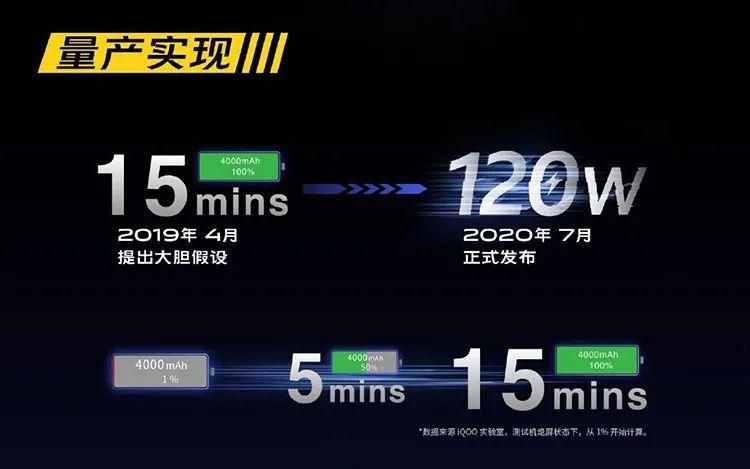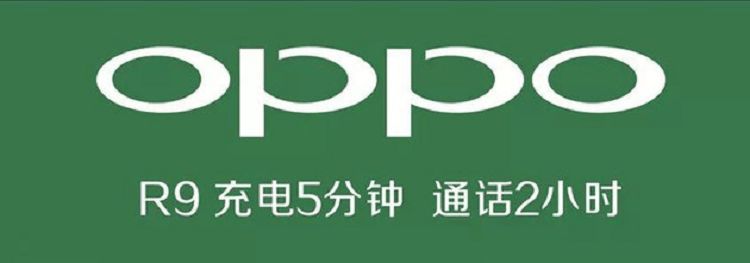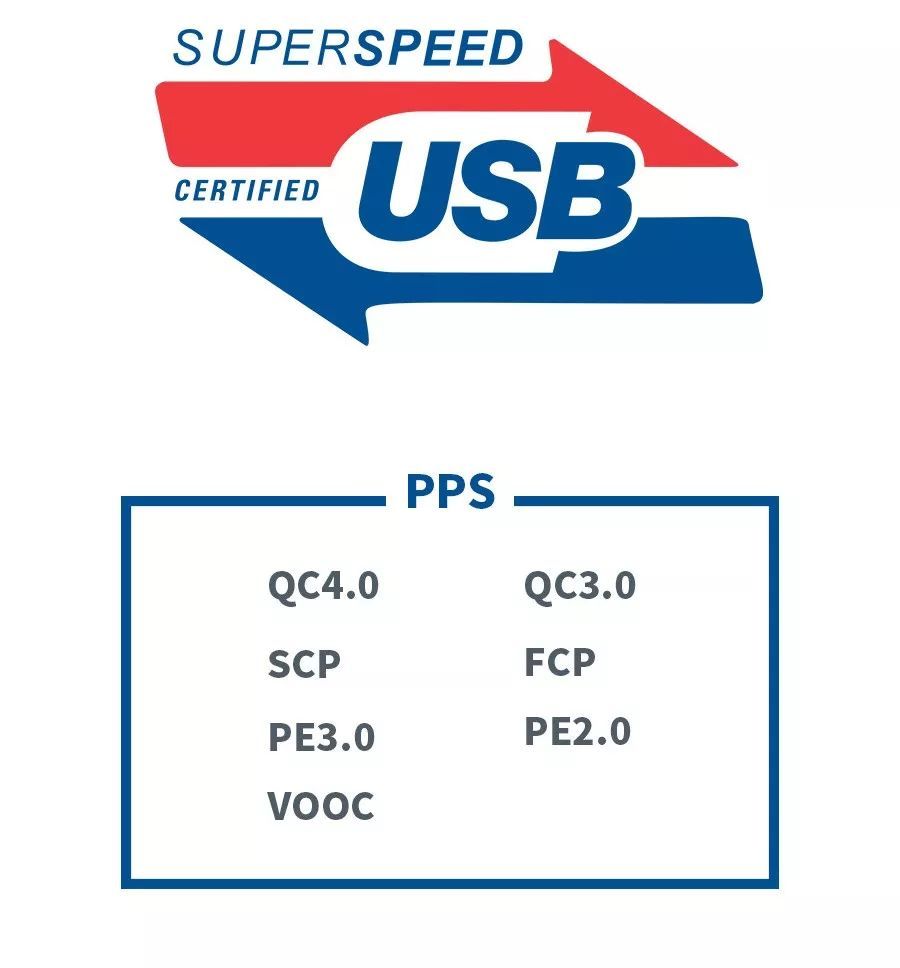In order to pursue a better mobile phone battery life experience, in addition to increasing the battery capacity, the charging speed is also an aspect that affects the experience, and this also increases the charging power of the mobile phone. Now the charging power of the commercial mobile phone has reached 120W. The phone can be fully charged in 15 minutes.
At present, the fast charging protocols on the market mainly include Huawei SCP/FCP fast charging protocol, Qualcomm QC protocol, PD protocol, VIVO Flash Charge flash charging, OPPO VOOC flash charging.
The full name of Huawei SCP fast charging protocol is Super Charge Protocol, and the full name of FCP fast charging protocol is Fast Charge Protocol. In the early days, Huawei used the FCP fast charging protocol, which has the characteristics of high voltage and low current. For example, the early 9V2A 18W was used on Huawei Mate8 mobile phones. Later, it will be upgraded to the SCP protocol to realize fast charging in the form of high current.
The full name of Qualcomm’s QC protocol is Quick Charge. At present, mobile phones equipped with Snapdragon processors on the market basically support this fast charge protocol. Initially, the QC1 protocol supports 10W fast charge, QC3 18W, and QC4 certified by USB-PD. Developed to the current QC5 stage, the charging power can reach 100W+. The current QC fast charging protocol already supports the USB-PD fast charging standard, which also means that chargers using the USB-PD fast charging protocol can directly charge iOS and Android dual-platform devices.
VIVO Flash Charge is also designed with dual charge pumps and dual cells. Currently, the highest charging power has been developed to 120W at 20V6A. It can charge 50% of a 4000mAh lithium battery in 5 minutes, and fully charge it in 13 minutes. full. And now its iQOO models have already taken the lead in commercializing 120W chargers.
OPPO can be said to be the first mobile phone manufacturer in China to start fast charging of mobile phones. VOOC 1.0 fast charging was released in 2014. At that time, the charging power was 20W, and it has undergone several generations of development and optimization. In 2020, OPPO proposed a 125W super flash charging technology. It has to be said that OPPO fast charging uses its own VOOC flash charging protocol, which uses a low-voltage, high-current charging scheme.
The full name of the USB-PD fast charging protocol is USB Power Delivery, which is a fast charging specification formulated by the USB-IF organization and is one of the current mainstream fast charging protocols. And Apple is one of the initiators of the USB PD fast charging standard, so now there are Apple mobile phones that support fast charging, and they use the USB-PD fast charging protocol.
The USB-PD fast charging protocol and other fast charging protocols are more like a relationship between containment and inclusion. Currently, the USB-PD 3.0 protocol has included Qualcomm QC 3.0 and QC4.0, Huawei SCP and FCP, and MTK PE3.0 With PE2.0, there is OPPO VOOC. So on the whole, the USB-PD fast charging protocol has more unified advantages.
For consumers, the convenient charging experience that is compatible and consistent with mobile phones is the charging experience we want, and once the fast charging agreements of different mobile phone manufacturers are opened, it will undoubtedly reduce the number of chargers used, and it is also an environmental protection measure. Compared with the practice of not distributing chargers for the iPhone, realizing fast charging compatibility of chargers is a powerful and feasible measure for environmental protection.
Post time: Mar-06-2023

